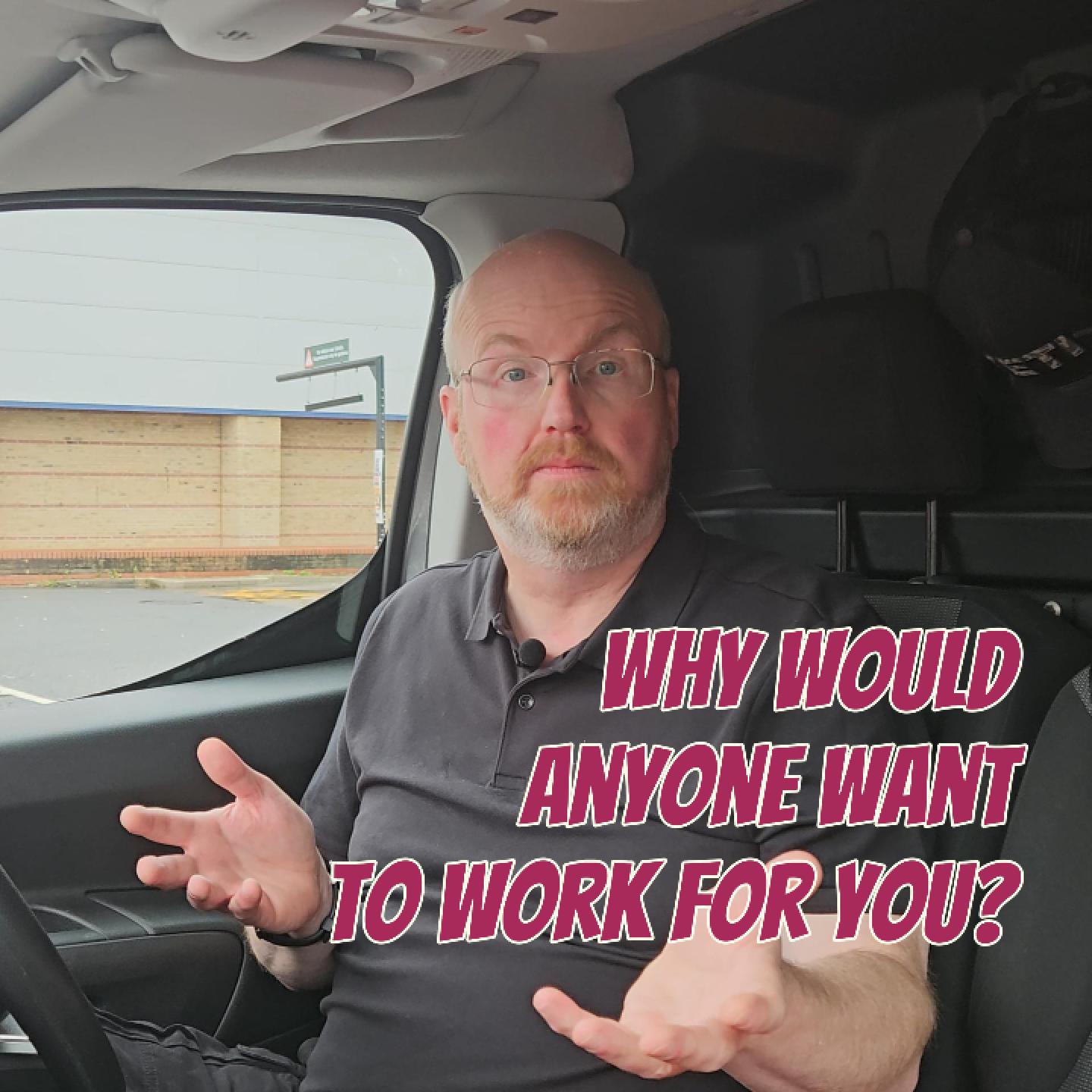For many of the business owners I work with, the “future” is something they’d rather kick down the road. It’s always tomorrow’s problem. They’ll deal with it when it arrives.
But what if the future is accelerating?
What if it’s now coming at us so fast, it’s actually overtaking our ability to even plan for it?
The Five-Year Culture Gap
It used to be that society changed in slow, predictable waves.
Generations shared the same TV shows, the same news broadcasts, the same gadgets. You could broadly assume that someone five or ten years younger than you had grown up in a recognisable version of your world.
That’s no longer true.
Today, five years apart might as well be five centuries.
An 11-year-old doesn’t speak the same cultural language as a 16-year-old.
A 21-year-old? Different planet. Different apps, different values, different expectations. Different everything.
Language Follows Culture. Culture Follows Tech.
One of the clearest signs of this shift is how we talk about technology.
We went from ‘i-this’ and ‘e-that’, to ‘web-’ this and ‘online’ that. Now, of course, it’s all ‘AI’.
The labels have changed because the context has changed. And with each shift, we’re watching a new micro-generation emerge — young people for whom it’s not digital this or digital that. It’s just digital everything.
Phones can now deliver, book, organise and entertain every part of your life.
No need to leave your bedroom.
No need, in many cases, to even leave your bed.
And that’s where the problem starts.
The Rise of the Laptop Class
Now, I’m not particularly worried about the people who code, curate, or comment on other people’s documents for a living. Their version of the future feels relatively settled — for now. Yes, they’re watching over their shoulders as AI creeps in, but at this moment in time, they’re the only ones who really know how to pull its strings.
No, the real worry is elsewhere.
What About the Work That Still Needs People?
It’s the people doing frontline work that worry me. And more specifically, how we attract young people into those roles.
Think:
- Waste crews
- HGV drivers
- Construction workers
- Nurses and carers
- Retail, hospitality, warehouse and food production staff
Jobs that still need a real person.
Jobs you can’t outsource to a cloud.
Jobs that — let’s be honest — still make this country function.
The World Economic Forum says roles like these will grow over the next couple of generations.
But I don’t think we’re ready. Because I see two big mismatches brewing.
Mismatch 1: Culture vs Labour Market
We’ve glamorised working from home.
We’ve built a tech culture that prizes autonomy and detachment.
And, increasingly, we’ve started to sneer at physical work — even though our economy still depends on it.
A lot of young people now believe that “proper jobs” are remote, digital and creative.
But the labour market?
It’s crying out for practical, interpersonal and physical skills.
Imagine being 17.
Your mate has a work-from-home job that lets them roll out of bed at five to nine.
Yours starts at 6am — rain or shine.
That disconnect? It’s going to bite. And soon.
Mismatch 2: Workers vs Workplace
While the culture shifts, the systems haven’t kept up.
We’ve got TikTok-native 18-year-olds entering workplaces still run by fax-era managers.
We’re onboarding AI-curious teenagers with paper handbooks.
The tools may be physical.
But the people? They’re digital.
So what happens when the workforce evolves faster than the workplace?
What Do We Do About It?
How do you attract, train and retain people whose mental world is miles ahead of the systems you’re trying to slot them into?
I’m not claiming to have all the answers.
But I do know this: the social contract around work is under pressure.
And if we still expect care, food, logistics and infrastructure to “just work” —
then we’d better start thinking seriously about how we value the people doing that work.
Because if your business still needs people to physically show up…
then the question is no longer:
“How do we fill the vacancy?”
It’s:
“Why would someone want to do this job at all?”
This blog is also available as a Youtube video



